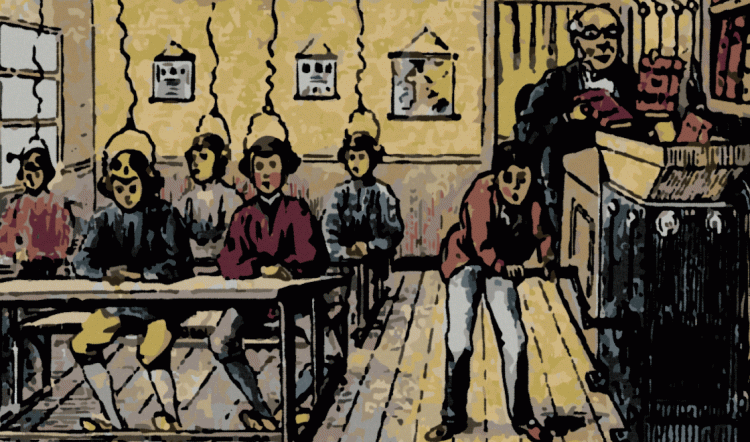Exposition: Two Approaches
Books. TV. Games. All the media you consume requires exposition.
There are long, winding, languorous paths creeping up and around windswept trails, descending into the darkened depths, building upon mystery after mystery. Think Lord of the Rings or Twin Peaks.
There are shorter, more direct acts. Shotgun blasts to the face, expecting you to catch up. Think Se7en, Hannibal, or Law & Order.
Some view exposition as a necessary evil, a drain of time and resources, before you can really get on with the story.
1. The Layered Approach (or the Slow Reveal): This method reveals to you a little bit at a time. If it were a stage show, it’d be more burlesque than stripper. It’s the art of the reveal, the journey, more than the destination. It’s languorous and wants you to soak in each detail (and gives you time to do so).
The appeal: Embellishments can be applied with caution and care, like a palette knife meticulously applying layer after layer of thin paint to join abstractions into tree lines and mountain ranges.
The danger: Attention spans have radically decreased with the advent of more and better media. People are preparing Youtube videos with more polish (and more viewers) than some shows did a decade ago. You are competing for attention. If you’re going slow, you better be worth it.
2. In Media Res (or I’ll Tell You Along the Way): A more modern (or postmodern, depending on your perspective) approach is to let the consumer play catch up. Give them the bare bones of what they need to know immediately and fill in the details over the course of things. You’re saying, but wait, you said, fill in details for the other approach as well, and that’s true. With this approach, you’re doling out little snacks rather than a full course meal.
The appeal: Depending upon the type of media (interactive vs video vs traditional print vs TTRPG), you can adjust course and be responsive to the consumers or, better yet, allow them influence upon the direction and outcome of narrative elements. This is most commonly found in tabletop roleplaying games (TTRPG, mentioned above), but with savvier developers and lower barriers to entry, it’s becoming emergent in video games (both console and PC) (likely as a tidal shift, countercultural movement to high-end productions, chiefly FPS (First Person Shooters), such as Call of Duty, Halo, and their ilk. The lower barrier to entry and lesser learning curves (such as found with platforms, such as Twine) are expanding the marketplace in a way not unlike the indie film movement. (The irony I spent more time discussing the appeal of the shorter approach is not lost on me.)
The danger: Some people don’t like snacks. Some folks want molecular levels of detail, whether they’re steering the ship or along for the ride. This paradigm shift (especially, in game play) makes some traditionalists uncomfortable as the power is distributed amongst the group, rather than a single individual, to establish the narrative beats. Narrative beats can be compromised. While there are no real tracks to go off of, just a loose map, there is not a plot to be derailed, but there is a possibility of never reaching the station.
The Truth of the Matter
Things are never simply one way or the other. A combination of techniques are used across all media (be it a rock song, graphic novel, or movie) to continue to stimulate and maintain your interests. Study things that appeal to you on a personal level. Examine things popular in your circles and across larger spheres. Create your own thing. Fuse together your style.
